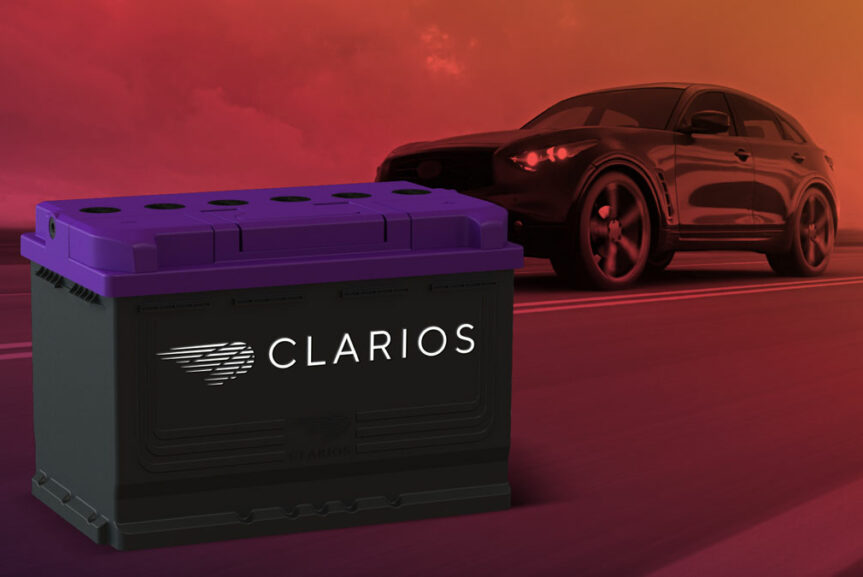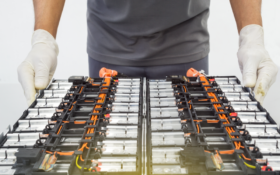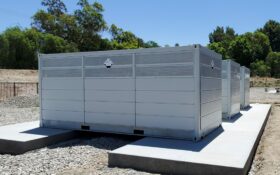Our resident supercap specialist John Miller answers some more of your questions.
I am still having trouble understanding why electrochemical capacitors, compared to batteries, are so expensive. Why is this?
The 'dirty secret,' so to speak, of this question is its implicit comparison of capacitors to batteries not on a power basis, cycle-life basis, cost-per-cycle basis, or even a regenerative energy capture efficiency basis, but simply on energy as the one and only metric.
But why indeed, then, are capacitors so much more expensive than batteries on an energy basis? Consider as a . . .
to continue reading this article...
Sign up to any Premium subscription to continue reading
To read this article, and get access to all the Premium content on bestmag.co.uk, sign up for a Premium subscription.
view subscription optionsAlready Subscribed? Log In












